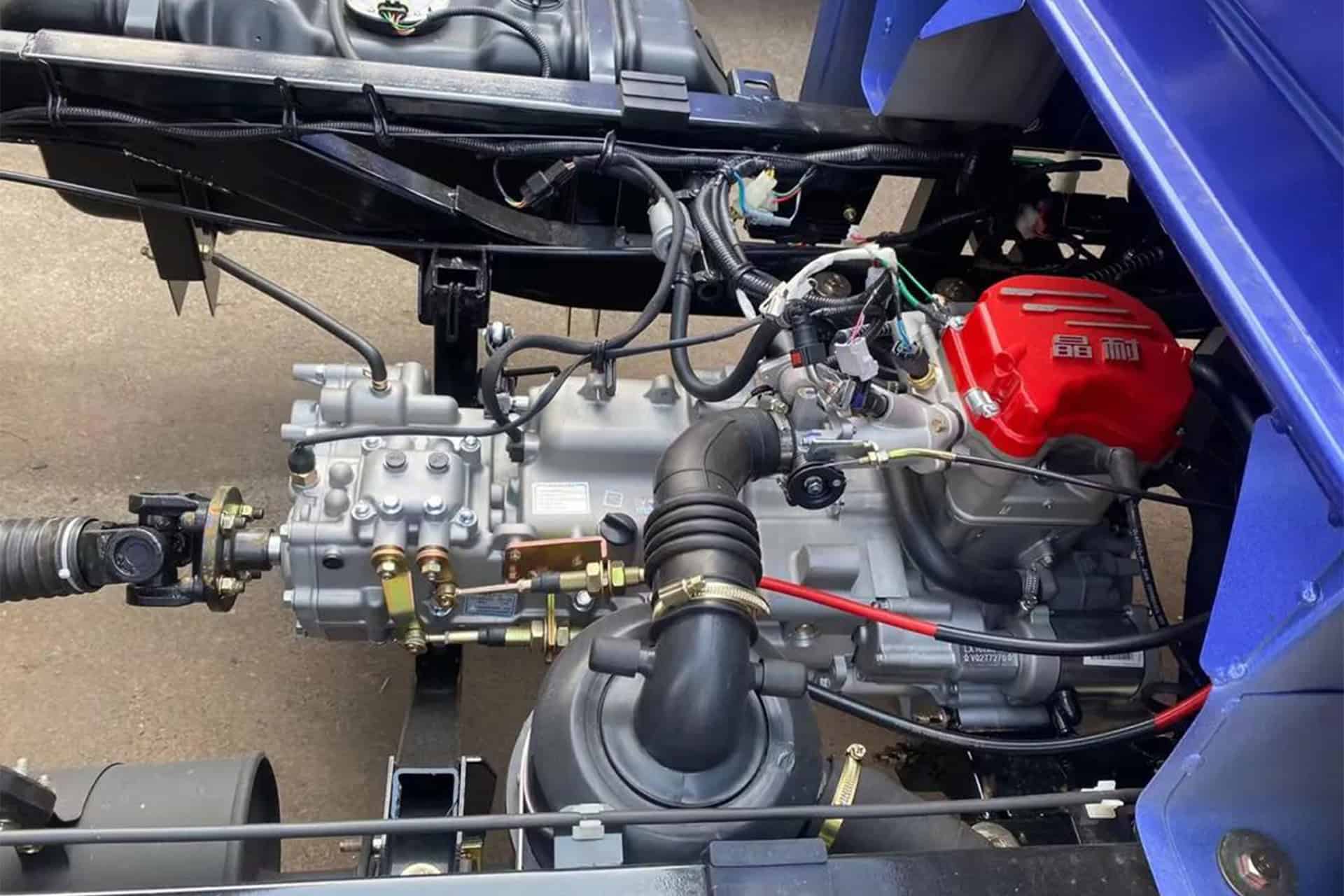In the rapidly evolving world of three-wheeled vehicles, choosing between an electric tricycle and a fuel-powered tricycle comes down to your operational needs, budget, and desired performance. Below, we break down their key advantages and drawbacks—and help you decide which powertrain will keep your business moving most efficiently.
Electric Tricycles
Electric tricycles run on battery power and are ideal for short routes in urban or indoor settings.
Key Advantages
• Zero Emissions:
No tailpipe pollution—complies with low-emission zones.
• Quiet Operation:
Noise levels under 60 dB; perfect for residential areas and hospitals.
• Lower Running Costs:
Electricity often costs 30–50 % less per kilometer than fuel.
Fewer mechanical parts mean fewer breakdowns.
• Flexible Charging:
Charge overnight on a standard outlet.
Optional swappable battery packs minimize downtime.
Key Drawbacks
• Limited Range:
Typically 50–100 km per charge; may need midday top-ups.
• Long Charge Times:
4–8 hours for a full recharge at standard chargers.
• Infrastructure Needs:
Requires reliable charging stations or on-site chargers.
• Higher Initial Cost:
Premium battery systems drive up purchase price.
Fuel-Powered Tricycles
Fuel-powered trikes use gasoline or diesel engines, offering extended range and quick refueling.
Key Advantages
• Extended Range:
200–300 km on a full tank—ideal for rural or intercity runs.
• Rapid Refueling:
Fill up in 3–5 minutes at any gas station.
• Stable Power Delivery:
Consistent torque under heavy loads and low speeds.
• Lower Purchase Price:
15–25 % cheaper than comparable electric models.
Key Drawbacks
• Emissions & Noise:
Produces CO₂ and NOₓ; noise levels often exceed 75 dB.
• Higher Maintenance:
Regular oil, filter, and spark-plug changes increase costs.
• Fuel Price Fluctuations:
Operating costs vary with global oil markets.
How to Choose the Right Tricycle
• Urban & Short-Distance Use:
Electric trikes excel in cities, campuses, and indoor facilities.
• Heavy Loads & Long Hauls:
Fuel trikes suit farms, construction sites, and rural deliveries.
• Balanced Fleets:
Combine both types or explore hybrid models for maximum flexibility.
We offer both electric and fuel-powered models—each customizable for cargo volume, passenger seating, and battery or tank size. Contact us today to discuss your route profiles, payload requirements, and budget, and we’ll recommend the perfect tricycle solution.

